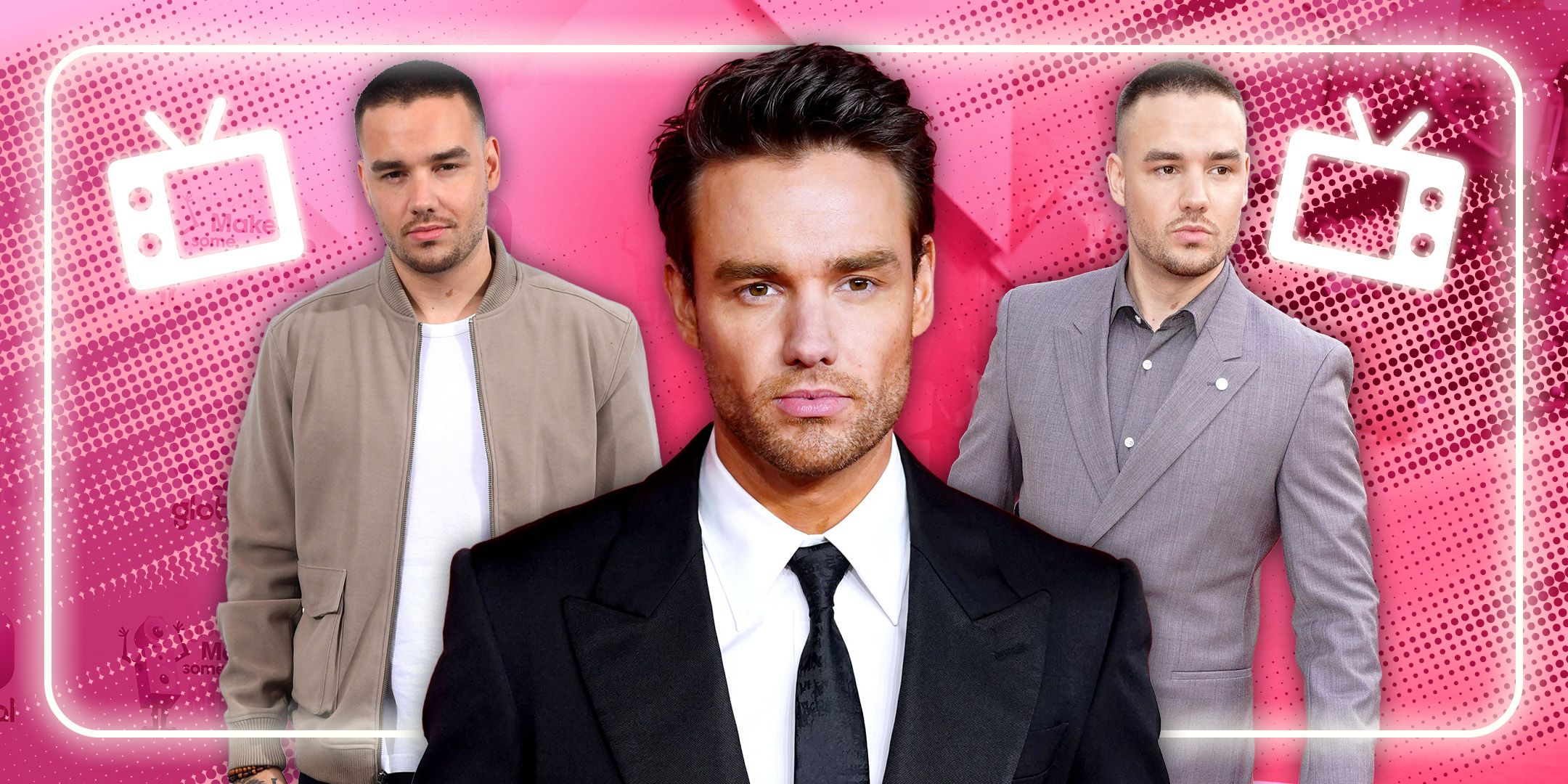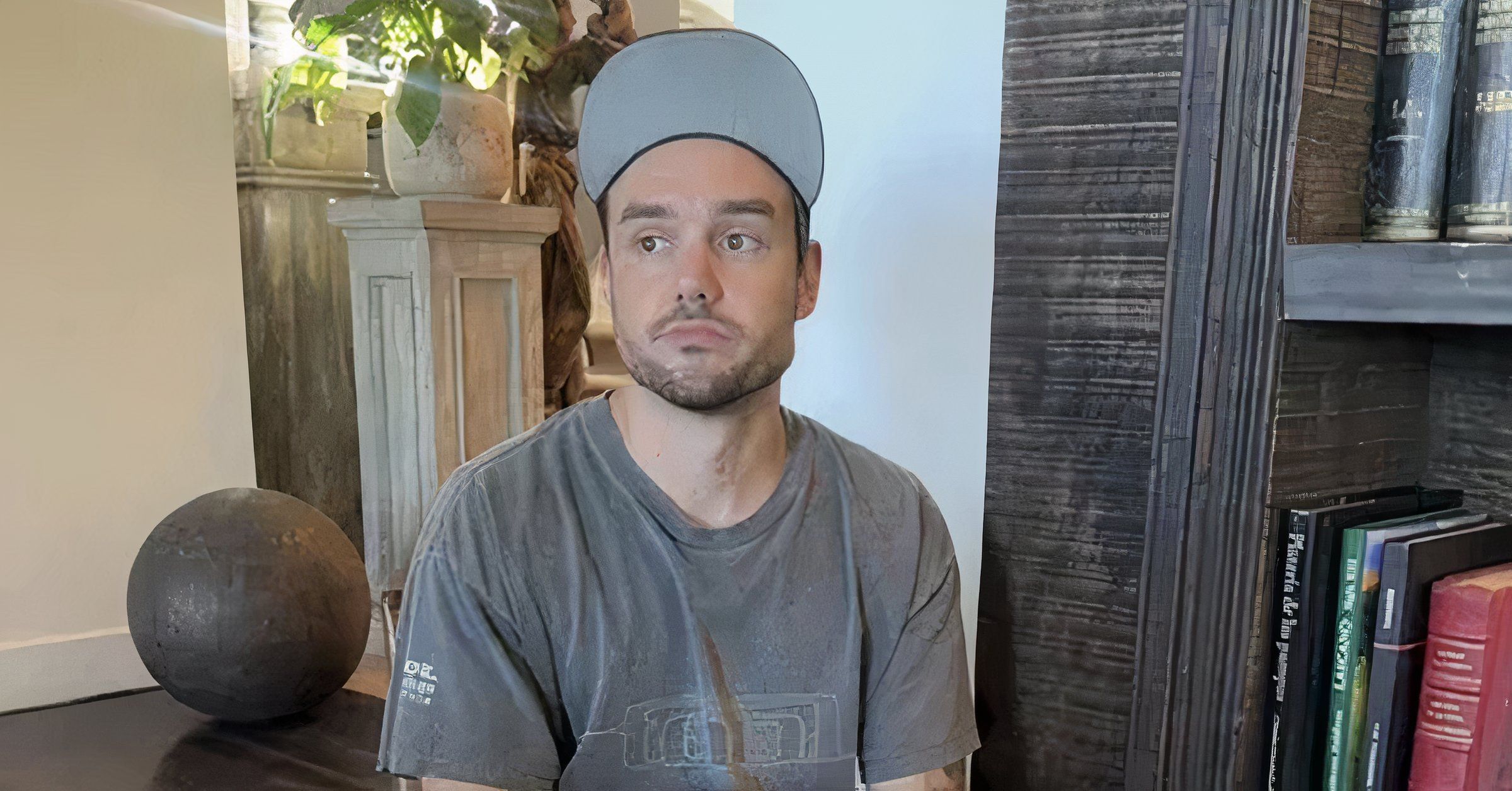The world was shocked to hear of Liam Payne’s tragic death on Wednesday — a shock that deepened as vast numbers of people witnessed TMZ’s decision to attach graphic images of Liam’s body to their coverage.
Editor’s note:
This article contains references to suicide or suicidal ideation. If you or someone you know is experiencing a mental health crisis, please visit
findahelpline.com
to connect with resources in your country.
It’s a reasonable assumption that many who learned of Liam’s sudden death did so through TMZ’s infamous quick and dirty reporting, and in this case, there’s an emphasis on “dirty.”
TMZ has long occupied a strange space in relation to standard journalism.
On one hand, the outlet regularly disseminates information early in the news cycle and often breaks big stories, and on the other, TMZ’s readership doesn’t necessarily expect New York Times-level reporting from the site.
As is often the case, though, whether TMZ considers itself beholden to journalistic ethics has become moot — since the site broke news of Michael Jackson’s death in 2009, it has routinely been a go-to source due to its unparalleled access and network of well-placed sources throughout Hollywood.
In short, the outlet is old enough and established enough to know better, and TMZ’s decision to publicize images of Liam Payne’s body alongside a thinly veiled excuse was unconscionable, irresponsible, and dangerous — as was their “stealth editing” of the piece in question amid instant and intense backlash.
What Is Stealth Editing?:
Stealth editing is a term used in journalism to describe published content which is altered without any indication edits have been applied.
Awareness of the practice known as “stealth editing” arose and became a hot topic during and after the high-stakes 2016 election, when digital news outlets would hastily change their content — often in an effort to conceal inaccurate reporting.
Stealth editing is poor journalistic practice; edits, corrections, and meaningful changes to published content ought to include an editor’s note similar to the one above, explaining what was changed, why it was changed, and when it was changed.
TMZ’s contemptible editorial decision involving Liam Payne’s body is certainly not the first time the outlet has come under fire for irresponsible and dangerous publishing practices.
After Kobe Bryant’s unexpected death in 2020, an analysis of their coverage mentioned some of the ways TMZ’s actions were potentially harmful and ran contrary to established journalistic ethics:
“Historically, journalists have shared a code of ethics to ensure truthful and humane reporting standards. TMZ, however, consistently violates this code of ethics. The media website prioritizes speed and sensationalism over truthful, ethical reporting.
“Besides Kobe Bryant’s death, TMZ has similarly reported unnecessary, gruesome details of celebrity suicides, which also violates ethical standards. In 2017, TMZ released overly-detailed descriptions of Chester Bennington’s suicide. In 2018, TMZ again released an article, which sensationalized the suicide of Avicii.
“Overall, the moral line between including and omitting gruesome details in a story remains unclear. In the case of death and suicide, however, journalists should prioritize the families involved and refrain from adding unnecessary, sensationalized details.”
It isn’t a hard and fast rule for journalists to never publish images of bodies, but such an editorial decision is typically undertaken primarily with respect to large-scale incidents, or in instances where including graphic images is in the public’s best interest — and generally, only after risks and considerations are thoroughly weighed by editors and writers.
You know, not an “in the first 15 minutes” sort of thing.
When covering deaths concerning private citizens, journalists typically await confirmation that next of kin have been formally notified, a practice which dates back to the death of Buddy Holly, whose wife learned of his death on the news.
A possible allusion to this now widely-known story about Buddy Holly’s wife occurred in the 1987 biopic La Bamba, about Richie Valenz, who was killed in the same plane crash.
In a striking scene at the end of the film, Richie’s family members are seen learning of his death one-by-one, via radio broadcast:
TMZ’s use of photos of Liam Payne’s body was not the sole problem, either — the site was clearly aware it was effectively breaking the story within the hour, and that Liam’s family could very well learn of his tragic death through their reporting.
TMZ failed to append any sort of warning, and an archived version of the article prior to the edits includes the graphic images as well as the copy following them:
“TMZ obtained a photo showing Liam’s body on a wooden deck at the hotel with tables and chairs nearby.
“We’re not showing the whole body, but you can clearly see his tattoos — a clock on his left forearm, and a scorpion on his abdomen.”
Hours later, after the images were widely seen, TMZ removed them and changed their copy in such a way that readers were genuinely unsure whether the photographs had been published, which they had:
“TMZ has seen a photo showing Liam’s body
on the deck at the hotel with tables and chairs nearby. You can clearly see his tattoos — a clock on his left forearm, and a scorpion on his abdomen —
which helped us confirm early reports from witnesses.”
If you came across the story late, you could be forgiven for thinking that TMZ chose not to publish photographs of Liam Payne’s body — because TMZ changed their article to imply that they merely used them to “confirm early reports.”
In this instance, however, TMZ’s actions were so appalling that if they sought to gaslight readers, they didn’t get away with it.

Related
How Liam Payne Was Set To Make A Reality Star Comeback Before His Tragic Death
Liam Payne had joined Nicole Scherzinger and Kelly Rowland as a judge for Netflix’s new series Building the Band.
TMZ’s Photos Of Liam Payne’s Body Caused Immediate Backlash
On October 17, social media users were still horrified by TMZ’s coverage, and one user tweeted:
“TMZ is f***** disgusting. I unfortunately did see the pictures they put in their article before taking it down. There was no warning, it was literally traumatizing. They genuinely don’t care about ppl at all. F*** you @TMZ[.]”
Initial reactions were from equally horrified folks, who tweeted:
“I know I shouldn’t be surprised at how willfully TMZ flouts common decency and journalism ethics when reporting on deaths, especially given how they reported on Kobe’s death, but it is actually disgusting to post photos of someone’s literal dead body in the name of journalism.”
“TMZ continuing to be the most ghoulish website on earth by not giving a recently deceased man dignity in death by publishing photographs of his corpse. It’s moral bankruptcy and horrifically reprehensible.”
Another user screenshotted the later-edited copy, and wrote:
TMZ being like ‘yeah we obtained a picture of Liam Payne’s dead body,’ what the f*** is wrong with them literally.
To add insult to injury, the New York Times contacted TMZ for comment about their decision to publish the graphic images of Liam’s body, and TMZ evaded accountability: “A spokeswoman for TMZ did not respond to an email and call seeking comment.”

